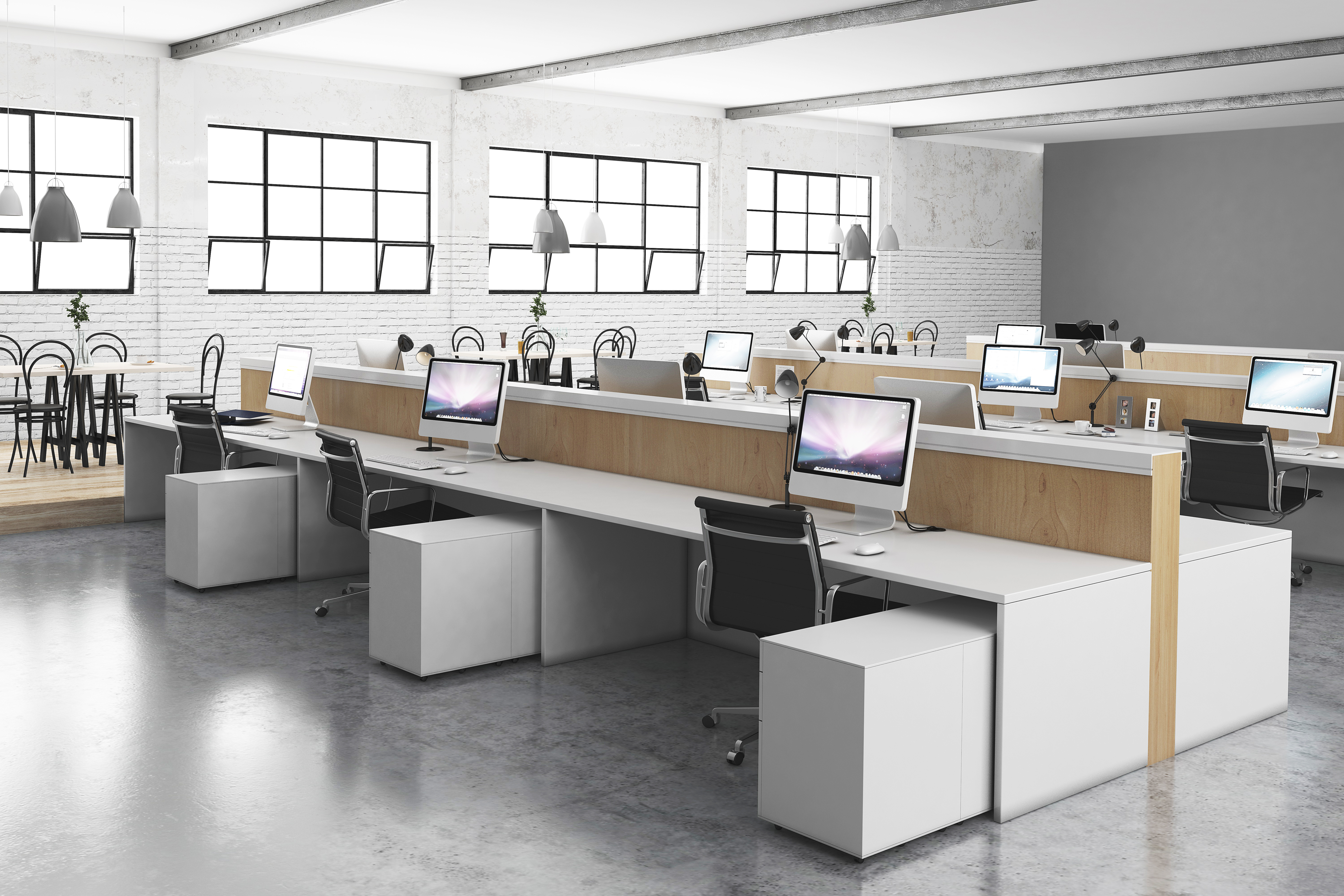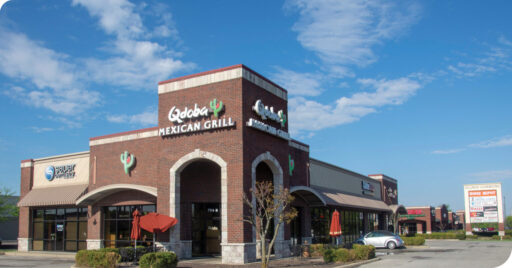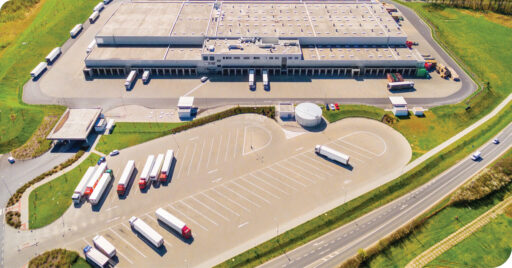Closing The Door On Open Concept Offices?
The growing, new trend is to focus on privacy and flexibility in workplace design. Employees are valuing closed offices in the more traditional sense. Many companies are creating offices with devoted quiet spaces and individual phone “closets” for clients. Instead of big conference rooms, many companies are creating small breakout rooms. This is prevalent – especially in existing office spaces. Open breakout spaces that can hold anywhere from one to five employees are becoming easily available in the workspace.
Workstation partition heights are rising, resulting in office space that is in between the very open space plan and cubicles. The eagerness for closed workspace is a trend that is carrying into the co-working sector as well. According to a survey, “office buildings with one-third of their space dedicated to co-working are more likely to lead to better capital value. Any more than this, however, could negatively impact the long-term value of the property. There will be a breaking point where investors become uncomfortable with the amount of co-working space in their buildings. Investors see this as being about a third of the building’s leasable space, but the jury is still out on what the percentage really is.“ According to the Association for Psychological Science, “investors and tenants may have reason to feel wary about having too much co-working or open office space. Research shows open offices can have an adverse effect on employees’ mental health. Those in open office space have been found to have higher stress levels, difficulties concentrating and remaining motivated, and tend to take more sick days throughout the year. “
Regardless of the trends, preference for private space versus open work rooms can vary greatly depending on the individual tenant. “Some tenants prefer the more collaborative environments with open or bench-style seating, and other tenants — like law firms — need more confidentiality, and prefer a mix of open, bench-style seating and enclosed private offices.” Seventy percent of U.S. offices offer open workspace. Studies show employees still prefer private offices.
While open type offices and co-working spaces can encourage teamwork, they offer little in the way of privacy and can make it burdensome for employees to focus due to noise levels. Approximately 64% of workers surveyed conveyed that constant interruptions by co-workers was the most troublesome factor in the office, and another 60% found general noise to be the most disruptive.
The average amount of space per office employee has dropped largely in recent years. Per the New York Times, between 2010 and 2012, the average office space decreased from 225 SF to 176 SF. Many workers have said that they have between 50 SF and 99 SF of space in which to work, and another 26% have even less space. As overall office square footages decreases due to high real estate costs, there is a definite correlation between the size of employees work areas and therefore, less privacy.
This need to regain some privacy does not mean millennials are unwilling to collaborate in the workplace. Instead, there is a desire for this collaboration to be done as a specific part of their working day, within collaboration rooms.
Mike specializes in office tenant representation in the Quorum/Bent Tree area.
To read more about Mike visit our website.





